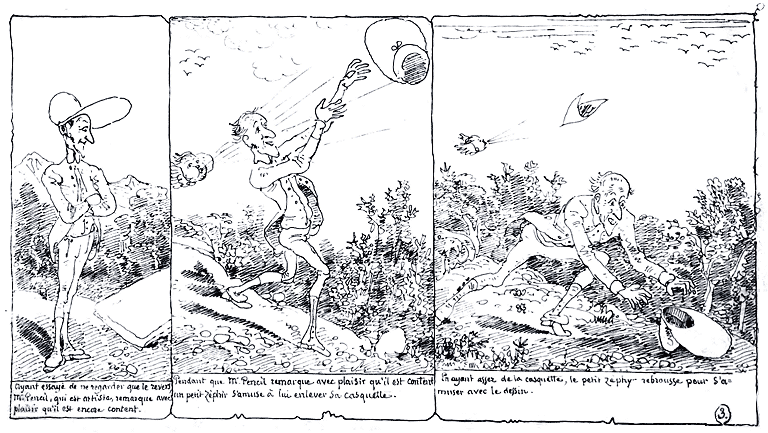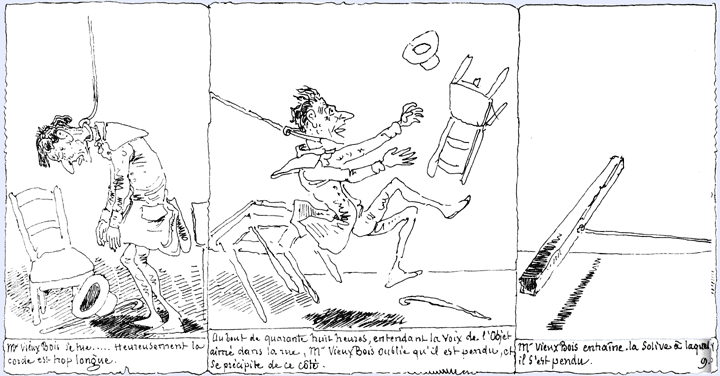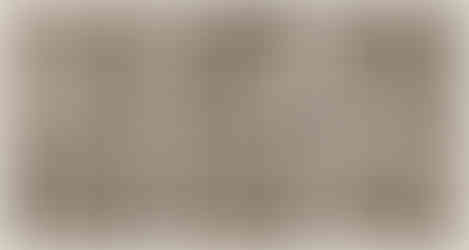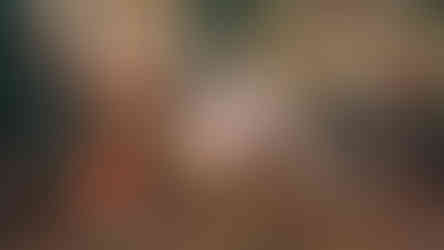

Welcome to my very first art journal entry!
Well. 3rd.
Technically, not a journal either, since I won't be doing this daily.
Gosh, also not necessarily art always...
Its so nice you're here anyway :)
I had declared with much confidence that I'll be starting this 'monthly' journal from January 2023. Then I proceeded to write NOTHING through the year. January rolls around again and I'm tempted. I must be older and wiser by now, right? I know not to jump from 0 to 100? So this time I decide all I have to do is more than 2023 <not at all difficult thanks to all that nothing I did back in 23>. Here goes.
After the year that's gone by, I'm feeling this massive privilege of my specific life all around. Its starting to get cool, quiet and sunny.
I'm happy to report the ritualistic daily dips continue despite the freezing waters. It takes a lot of willpower to dive in these days, but I come out a different person - think ice cube with limbs - and then treat myself to a coffee once I'm home. The coffee tastes different when I swim too. Literally. New winter rule : the coffee shall have cinnamon on days I swim. Think pavlov and his dog.


Other than the cinnamon induced swims, my mornings consist of some serious digital painting currently. I'm working on a live project going into year 2, and though its a dream, its also really difficult living it. Partly because it is sequential art - lots and lots of it. I've had to divide up art over a span of months instead of the 'spontaneous inspiration' and 'i will if i will' way i've been doing it so far. Learnt how to deal with timelines (or more like, how NOT to deal with them), how to have "but his t-shirt colour is becoming a problem" kind of discussions with the team. I've experienced a range of emotions as I work my way through this project. And as I pour my precious early mornings into it, I have even gotten grumpy at those who created this art form in the first place!

Ignoring my infantile whining, a friend tells me 'Herge and Aragones and Jaffee and Uderzo and Waeerkar and Moore and Miller - I'm sure they all had this overwhelming moment at some point too'...
Now, its not that I suddenly felt better, or that that was a rational comparison to make, or that we bothered to continue the conversation. It'd be long before any of that would be true. But I noticed I know NOTHING about this art form I've inadvertently stepped into - because you see, only 2 of those names he mentioned rung a bell.
I did know Herge and Uderzo's work growing up. I'd like Tintin largely because I liked snowy, some of the mysteries, and the overall 'cute'ness of those scenes. But beyond that, it would all feel too overwhelming, too much beautiful imagery and too many characters on every page, no break. I couldn't focus on one scene and really get immersed in it. Eventually I just moved away from it. In the drawings I made since, I'd mimic Richard Scarry so much, but never these guys. But I did search all of their work now.

They were all original in more than one way, but they weren't exactly inventing the sequential storytelling method. So, who did? What inspired someone to first move away from a written story, to a totally illustration driven one? Who started this MANIA in the first place? Who is to blame for my early mornings being eaten up?

the man behind sequential art (think comics, graphic novels)
Images Copyright of Rodolphe Töpffer
Rodolphe Töpffer - lived and died in the late 1700's in Geneva, Switzerland

Putting this era in perspective :
the dominant art style back then was realistic gallery paintings, larger canvases than a book page, lots of details, accurate proportions, realistic light and shadow, colour theory game on point
French Revolution was nearing its end
Wolfgang Goethe, a celebrated writer from Germany had made it very clear that he was not in support of caricatures and that they were destructive to art and culture in general.
To Mr Töpffer, if anyone's opinion mattered, Goethe's did.

Rodolphe grows up wishing to follow in his father's footsteps (his father who was already a critically acclaimed artist himself). And heads over to Paris to study art. But he starts facing trouble with his vision, enough for it to impact his spatial perception. As a result he drops out of art school and takes to writing and teaching. Eventually, he would open a boys' boarding school.
Up until here, it appears as though nothing points to him making comics, but that is not wholly true. Though several steps away from home still, some form of sequential art was very much on his mind way before he ever would make it a new art form - because, he was a big fan of Hogarth's work.
Some samples of William Hogarth's Art : (Sequential, yes, and in the size of gallery work. Think 2 feet by 3 feet at minimum)
Images copyright of William Hogarth
Sidenote - In search for the copyright expiration year for Hogarth's work I find out he himself brought the concept of copyright into the art world! He was the first one to get his art recognised and protected by law back in 1734. So, the day one of his descendants asks me to remove these images, I'm doing so without a fight, might also give them more artwork thats not yet been copyrighted. :)
Töpffer knew he couldn't paint in this fashion anymore (eyesight). But what followed was I suppose more proof that art provides joy not necessarily through its exhibition, but already in its creation. Rodolphe would make simple line based sequential doodles on small papers during his time at the school, and share them occasionally with the classes he would teach. He'd hand out those scraps of paper to whoever fancied them, his students, his close friends, not giving it a second thought. But he never wished to make it known that he was making these tiny sequential line doodles - Why? Goethe! Rodolphe was so sure this would fall in the same umbrella Goethe had voiced his concern towards, he never wished to put his name to the art he was making.

Overtime, one of Rodolphe's friends asks him if he can show one of his comics to a friend who's really gloomy these days and could use a good laugh. Rodolphe couldn't have possibly guessed what would come next. This other friend receives the little comic, and is thrilled at what he sees. To the point, where he then approaches Rodolphe and encourages him to publish this work. If anyone's opinion mattered to Töpffer, this gloomy friend's did. Because that mysterious friend = GOETHE!
Rodolphe wanted so badly to be accepted as an artist by the society, that when he could not paint in the socially celebrated style, he simply walked away from it all. Then, what little art he made after 'abandoning' his career as an artist, seems to have put him right on the path of gaining that acceptance as an artist!
This is not the end of Töpffer's contributions - while getting his first comics published he also revisited Lithography as a printing technique as opposed to the more popular printing technique of the time - engraving on wood and then printing on paper. (Reason - eyesight)

Reading up on the life of Mr Töpffer has been such an interesting answer to a rather casual question. It didn't directly solve much at my desk, nope. But it did give me a perspective, helped me appreciate what I have readily available to me, not only the technology of my time, but also the social situation where any style or form of art can easily find its audience. I also understood I'm giving only 5% of what these masters of sequential art gave to their work.
Sequential art is a doozy. I've been dealing with it more like Montoya, less like Monet. But whenever I blindly pour ALL of my heart into the little characters or the scenery or the details on some table cloth, suddenly it doesn't at all feel like this big monster project. Instead I'm so immersed in the scene, I forget all my many complaints.
For me, its impossible not to experience what I'm drawing. When I draw a happy face, I'm smiling the whole time, just sitting at my desk, staring into this blank sheet of paper. (Odd scene, trust me) Its unavoidable, that translation of expression. But I'm not too sure this will be true for everyone. Is it? Maybe we could make this a study?! Draw a genuinely happy rabbit on a piece of paper. Next, pull your attention to yourself and see if you're smiling. Then tell me all about it. :)
Bye now!
p.s.: Come to think of it, sounds almost impossible to draw a very happy rabbit whilst making a very angry face.
References :







Comments